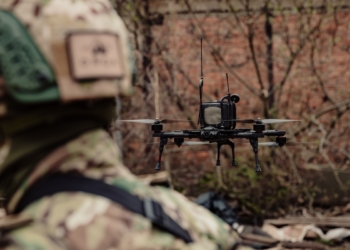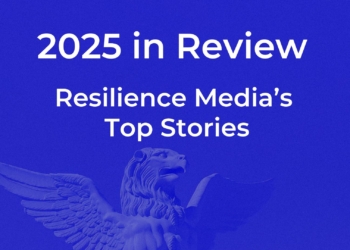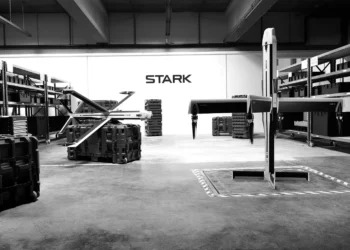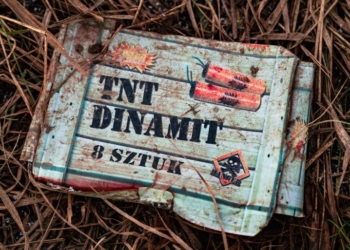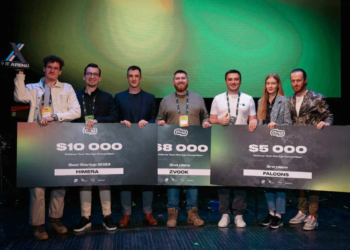The new generation of VCs bringing unprecedented investment to European defence technology is enabling a much-needed acceleration of inexpensive weaponry, industry players said on Monday.
It’s the “first time in 70 years we are in this situation, where there is private money available for developing defence technology and weapons” in Europe, Kusti Salm, CEO of missile company Frankenburg, said on Tuesday at the Resilience Conference in London.
Salm was speaking a day after the publication of a landmark Dealroom and Resilience Media report that says a record $1.5 billion in European VC funding was raised for defence tech so far in 2025 alone.
The influx is not only of cash, but new priorities and attitudes to development, Salm said.
“Conventionally the way the defence market works is that the customer comes in with their requirement,” Salm said. “And the requirement is not a drawing on a whiteboard. It’s 800 pages of spec.”
Now, it’s founders who define the requirements, he said — and in Frankenburg’s case, the emphasis is on speed, affordability, and a preference for minimum viable product over exquisite capabilities.
This suits capital just fine, Salm said. “Private money acts differently to governments’ money — because private money is interested that things would get done fast.”
One major chokepoint is Europe’s neglected defence manufacturing base, something that is only just starting to change — for Frankenburg, that’s by locating their factories in Estonia and Latvia, where governments have “embarked on a reverse mission,” he said.
Broader government adaptation to the flood of VC interest is a work in progress, according to Ophelia Brown, managing partner at Europe-focused investment vehicle Blossom Capital, whose portfolio includes cybersecurity firms Sqreen and Tines.
The first step is in “governments acknowledging that they need to stockpile in times of peace,” she said.
“There’s a creation of new budgets, there’s awareness, there’s a conversation happening between startups and government and MODs,” she added.
Nonetheless, she said, there’s a long way to go in bringing these players into the existing system, dominated as it is by long-term spending commitments and contracts with primes not built to reflect the fast-changing needs of contemporary conflict.
For that, what Salm called “over-engineered” requirements could be reconsidered, he said — he gave the example of a capability needing to work under both Saharan and Arctic temperatures — and with it, what he framed as “30 or 40% of the price tag.”
Asked about balancing reliable technical requirements with speed, Salm said: “As in Ukraine, you forget a lot of these requirements if people start to shoot at you.”
Frankenburg has worked on the assumption that Europe’s next conflict scenario will be analogous to Ukraine’s in 2022, Salm said, including with similar levels of readiness.
It’s the kind of scenario planning that has been the subject of extensive discussion in the realm of defence. While some believe Ukraine provides a valuable template and lesson on the new generation of warfare, others have warned against modelling any future dilemma in Europe too closely on Ukraine’s present.
But it seems clear that Europe needs a market-viable counter to the drone and missile onslaughts currently endured today in Ukraine — and with that in mind, Frankenberg earlier this month announced its low-cost Mk.1 short-range interceptor missile, which it says is roughly one-tenth the cost of its nearest current equivalents.
It was developed in less than a year, Salm said, contrasting it to an average missile development time of 8.5 years.
Even at these rates and costs of production, “we address 5% to 6% of what is needed per day in Ukraine,” he said, speaking of his ambition to scale up fast.
“We speak about numbers that are still 100 times too low,” he said. “Which also means that there is room for everyone in the market.”




